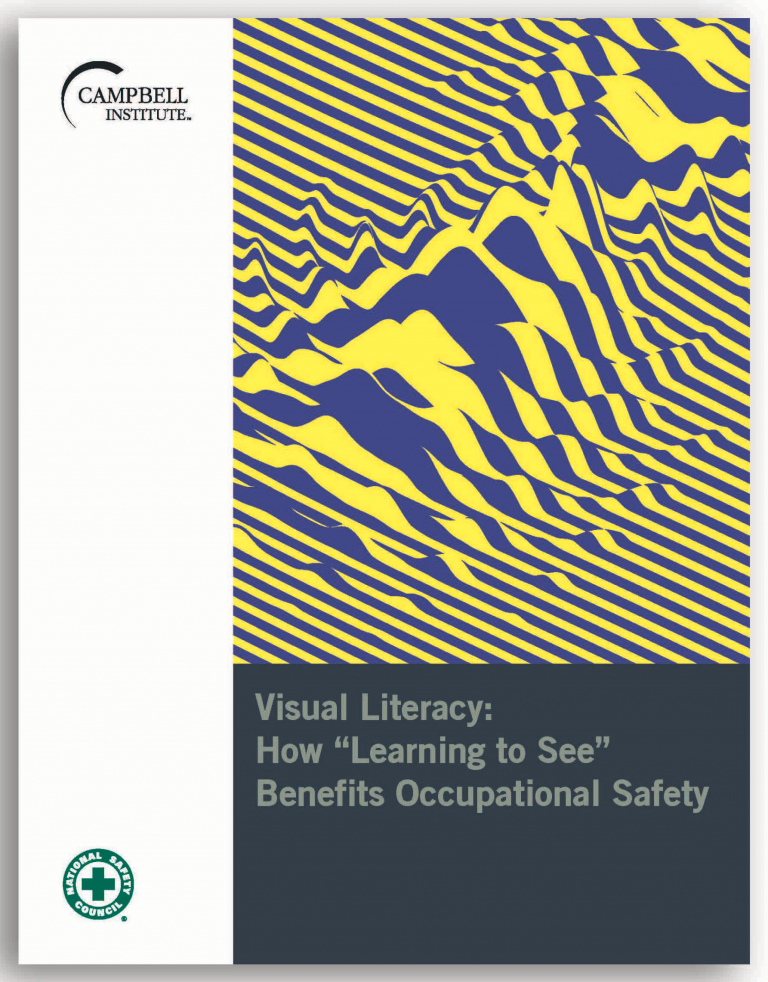Safety professionals at the 2018 NSC Congress & Expo in Houston gathered inside COVE’s booth to learn about the latest tools to improve their existing environmental, safety and health programs.
The Experience took attendees through a unique observation and communication exercise that demonstrated the fundamental skills to properly diagnose:
- Risk assessment
- Job safety analyses
- Incident investigations
- Other aspects of safety performance
We also exposed attendees to Visual Literacy principles like Elements of Art (lines, shapes, space, color, texture, etc.) showing how using a systematic approach for how to look can not only help focus our attention but also helps us communicate in a universal and objective language.

Neuroscience and research reveal that as much as 90% of what you think you “see” is actually your brain filling in the blanks, based on memory and past experiences. This gap in visual efficacy often leads to preventable errors and injuries, both minor and major. Indeed our recent research suggest 24% of incidents have this as a contributing factor.
In contrast, visual literacy is a proven approach to improving and processing visual information. It is a method to see better so you can identify, interpret and interact with your environment more accurately and reliably.

It’s what you see, what it means and what you do.
How to SEE the whole PICTURE® in front of you is central to assessing risks effectively and taking appropriate and timely action. Learn more about the impact visual literacy can have on your organization.
Download the Campbell Institute research papers below
 |
Visual Literacy: How Learning to See” Benefits Occupational Safety |
 |
A Second Look: Update on Visual Literacy |




